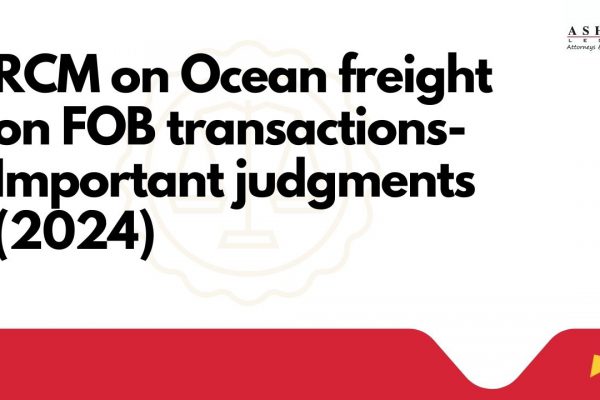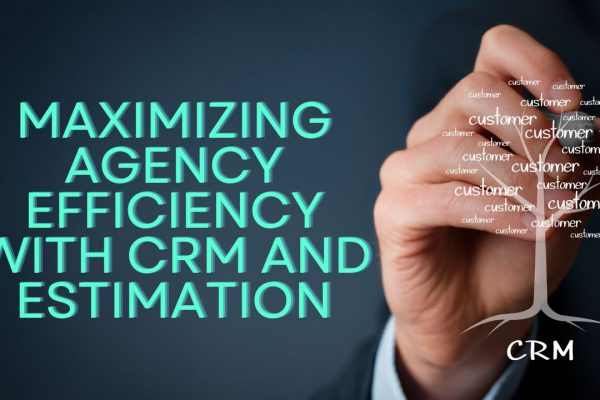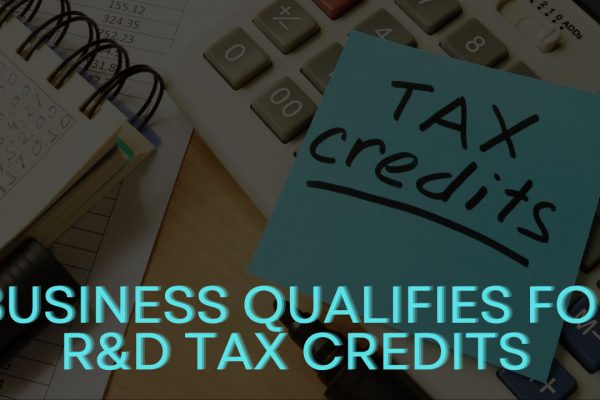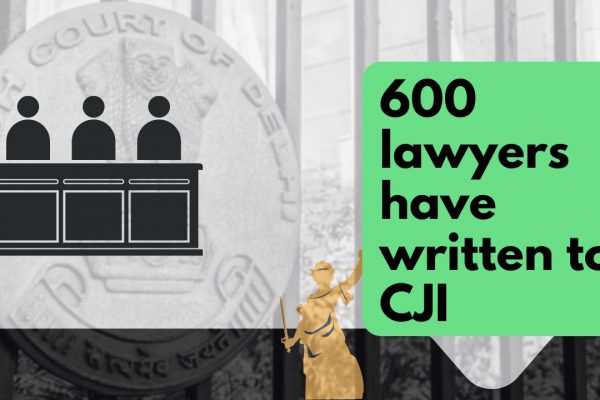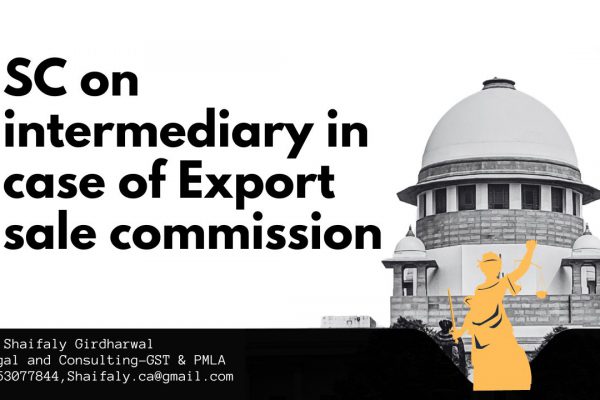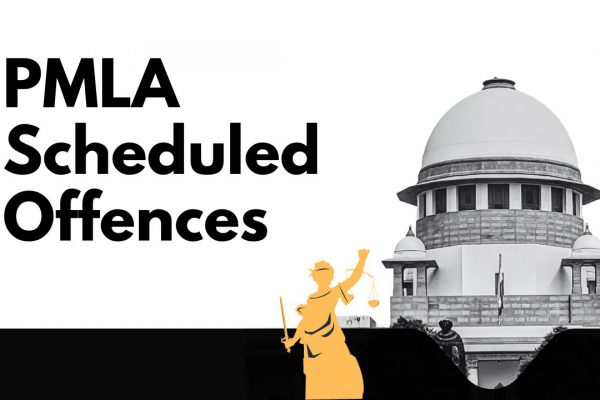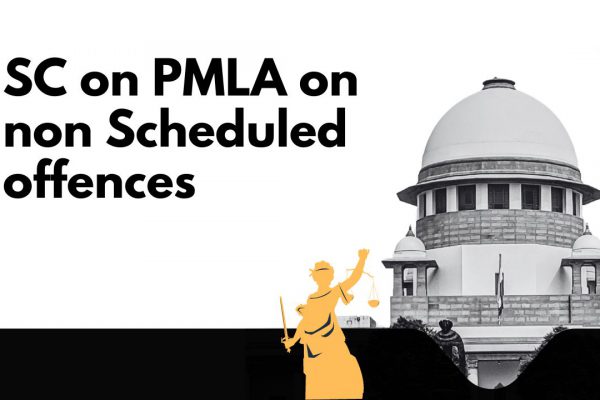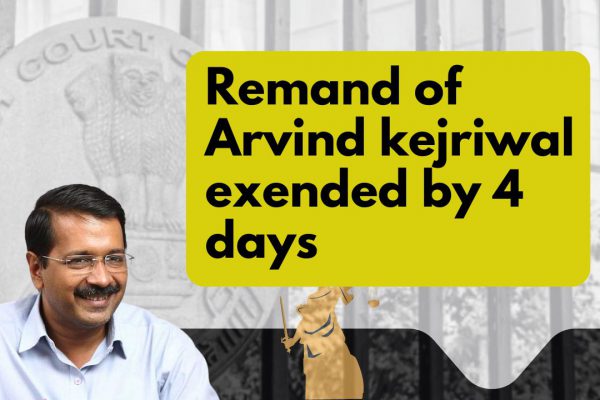GST Glossary: Meaning and impact of “Aggregate Turnover” under GST Model Law
GST has redefined many concepts in direct and indirect tax law. We have here started this series to introduce them to you one by one. First term we have chosen is aggregate turnover. This term has been used at so many places in GST.
This provision is amended after GST Act was implemented. You can read the amended provision here.
Section 2(6) of Model GST law define “Aggregate Turnover” as ‘the aggregate value of all taxable and non-taxable supplies, exempt supplies and exports of goods and/or services of a person having the same PAN, to be computed on all India basis and excludes taxes, if any, charged under the CGST Act, SGST Act and the IGST Act, as the case may be’
Explanation.- Aggregate turnover does not include the value of supplies on which tax is levied on reverse charge basis and the value of inward supplies.
Analysis: As per this definition aggregate turnover include:
-Aggregate Value
-of all taxable,non taxable, exempt supplies and export of Goods and/or services
-of a person having same PAN
-to be computed on all India basis
-excludes taxes , if any charged under CGST, SGST and IGST Act.
-Aggregate turnover doesn’t include the value of supplies on which tax has been paid under reverse charge.
In the Model GST Law the term “Aggregate turnover” has been used many times. Inclusion of exempted turnover has created a hardship on taxpayers.
- To determine the limit of compounding levy u/s 8: A dealer can opt for compounding levy only if his turnover is less than Rs. 50 Lac. In case a dealer is dealing in both taxable and exempted supply aggregate turnover will include exempted supply also. This will limit the benefit of compounding levy.
- To determine the obligation of registration: As per schedule III every person whose value of aggregate turnover is more than 9 lac or 5 lac (North easters states including sikkim) is required to take registration under GST within 30 days. If the turnover from exempted supply is say 8.5 lac and from taxable supply is 0.5 lac still that person is required to take registration.
- To determine the “Taxable person”: As per section 9 a registered/liable to be registered person become taxable person when his turnover crosses 10 Lac or 5 lac (north eastern states including sikkim). This criteria is again based on aggregate turnover and will include the exempted supplies also. In case the exempted supplies are say 9.8 lac and taxable supply is .20 lac still the taxpayer will become taxable person and will be liable to pay tax under GST.
- Calculation of Late fee : Under section 33 any registered taxable person person who fails to file the return u/s 30 i.e Annual return shall be liable to pay a late fees of Rs. 100 for every day when such failure continues subject to a maximum of an amount of .25% of his aggregate turnover. This can escalate the amount of late fee because aggregate turnover will include all supplies except reverse charge.
If you already have a premium membership, Sign In.
 CA Shafaly Girdharwal
CA Shafaly Girdharwal
CA
New Delhi, India
CA Shaifaly Girdharwal is a GST consultant, Author, Trainer and a famous You tuber. She has taken many seminars on various topics of GST. She is Partner at Ashu Dalmia & Associates and heading the Indirect Tax department. She has authored a book on GST published by Taxmann.


